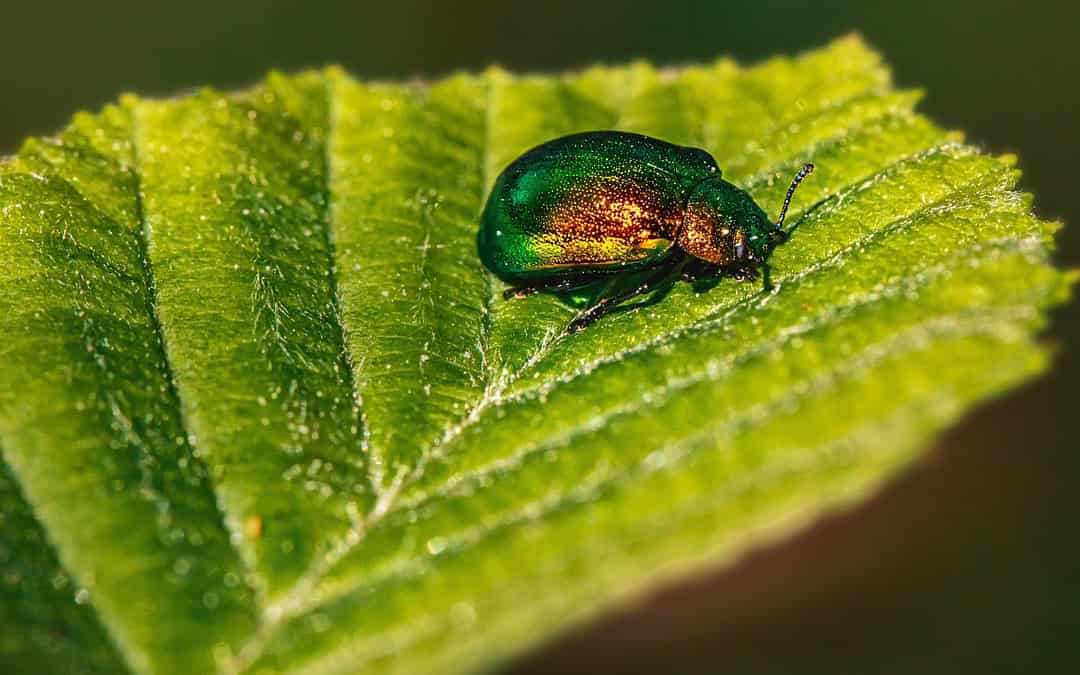I get frequently asked how I get rid of knotweed naturally without using herbicides.
Do you know Japanese knotweed, often a challenging invasive species elsewhere, is naturally managed in Japan?
Natural Predators of Japanese Knotweed:
In Japan, Japanese knotweed coexists with several natural predators that help keep its growth in check. These include specific insects and fungi, which have evolved to feed on this plant.
- Psyllids (Aphalara itadori): Introduced in some countries as a biological control agent, these tiny insects specifically target Japanese knotweed.
- Fungi: Several fungi species naturally infect knotweed, weakening and potentially killing the plants.
Impact of These Predators: These natural enemies significantly reduce the vigour of Japanese knotweed populations in Japan. By attacking the plant at different stages of its life cycle, they prevent it from overwhelming other native species.
Lessons for Other Regions: Understanding these natural interactions provides valuable insights for managing Japanese knotweed invasively spreading in other parts of the world.
There are several natural methods for controlling or getting rid of Japanese knotweed. However, none of these methods is entirely effective on their own. Typically, multiple methods are required for successful control.
Manual removal:
Japanese knotweed has deep underground rhizomes. Manually digging up the roots is the most effective way of controlling it. However, care must be taken to remove all roots and rhizomes. Even small fragments can regenerate into new plants. Due to human error, not many companies can 100% remove Japanese knotweed.
Biological control:
Research on using Aphalara itadori psyllids to control Japanese knotweed in the UK has continued since the early 2010s. The initial trials were conducted by CABI (Centre for Agriculture and Bioscience International) with the approval of the UK government.
Key Findings:
- Climate Suitability: The research found that psyllids are less effective in colder climates. Low temperatures, typical of northern UK regions, hinder their survival and breeding.
- Impact on Knotweed: In warmer parts of the UK, psyllids have successfully reduced Japanese knotweed’s vigour by feeding on its sap, thereby stunting its growth.
- Long-term Viability: The long-term effectiveness of psyllids as a biological control agent is still under study, with ongoing monitoring to assess their impact and adaptability to varying UK climates.
The outcome of this research continues to inform decisions on managing Japanese knotweed across different parts of the UK, emphasising region-specific approaches.
It’s not a quick fix.
The insects will only eat small amounts of the leaves, and the rhizomes are mainly unaffected underground. Furthermore, they will die if the beetles don’t like cold climates.
Grazing:
Grazing animals such as cattle or sheep can be used to control the growth of Japanese knotweed. They consume the plant’s leaves and shoots. This method should be used with care, as it can be ineffective or even harmful. If the animals are not adequately managed, grazing animals can make the situation worse by spreading the rhizomes to other areas, resulting in more growth. They may also get small fragments of rhizomes stuck in their hooves.
It’s important to remember that eliminating Japanese knotweed may take several years, even with a combination of these methods. Therefore, it is important to be vigilant and continue to monitor the area to prevent its regrowth.
